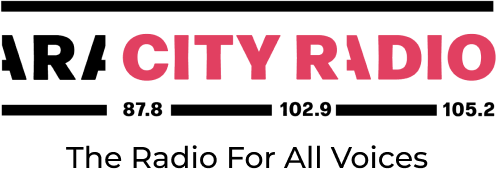We’re back with City Scenes on our trip around the world looking at the music scene of a different city each week. We’ve been moving through the alphabet as we go and this week for the letter J we are in Johhanesburg, South Africa.
Johannesburg is a city of over 14 million residents making it the Largest City in South Africa. When it comes to Music, Johannesburg has birthed some of South Africa’s most famous musicians including the likes of Miriam Makeba, Hugh Masekela, Dave Matthews, Letta Mbulu, Johnny Kleg, Mandoza and countless others.
This episode focuses on the development of popular dance music forms from the 1960s right up to the present day to have come mainly out of the townships of Johannesburg and in particular one called Soweto.
The townships of Johannesburg have produced some incredible music and to get the context in which a lot of this music was made it's important to understand that the history, geography, demographics and consequently music of Johannesburg has been shaped by the legacy of the apartheid system which separated white and black residents of Johannesburg between the 1950s and 1990s. Under this system, poorer black residents of the city were forced out of wealthier neighbourhoods and lived in separate neighbourhoods called townships on the outskirts of the city.
Soweto (or South West Townships which it is abbreviated from) is a large collection of townships outside Johannesburg that in fact existed as a separate city until the 1990s but which is now considered part of the city of Johannesburg. These townships produced some amazing music - At times as a result of protest to the oppression that their residents lived under during apartheid. From Township funk, soul, rock and, disco in the 70s, bubblegum pop in the 80s, kwaito in the 90s and these days a genre called Amapiano.
Underground dance music forms like soul, rock, funk, disco and more modern forms like kwaito have thrived in the townships, even under the oppressive apartheid laws of the late 70s and early 80s when live music and gathering in large groups was restricted, bands would find ways to play concerts and hold dances.
In the 1980s the popularity of disco and soul began wane and South Africa became enraptured by a new form of dance music called Bubblegum. Bubblegum was a modern sounding form of dance music, driven by synthesizers rather than guitars that mixed feel-good beats with progressive vocals that often had a political message.
Perhaps the biggest star of the Bubblegum period is Brenda Fassie, a singer that was born in capetown but formed her group Brenda and Big Dudes in Johannesburg and became a pioneer of South African Bubblegum pop. She’s often referred to as the Queen of African Pop and even The Madonna of the townships.
Johannesburg has always been a source of inspiring and catchy Dance music and in the 1990s with the development of house music and dance music topping the charts in europe and the USA, Johannesburg was no different. But in South Africa, the rhythms and beats of house music grooved to a slower tempo. In the 1990s a genre called Kwaito came out of the townships of Johannesburg and quickly became the most popular genre in the country, characterised by slowed down house beats and pumping deep baselines paired with African percussion sounds and samples.
Johannesburg these days is a city which is known for its dance music. Everywhere around the city you can hear the latest house music blasting from nightclubs, bars, shops and even the taxis in the street. If Kwaito was the most popular form of dance music in the 1990s and 2000s it has now firmly been superseded by the new beat on the street - something called Amapiano.
